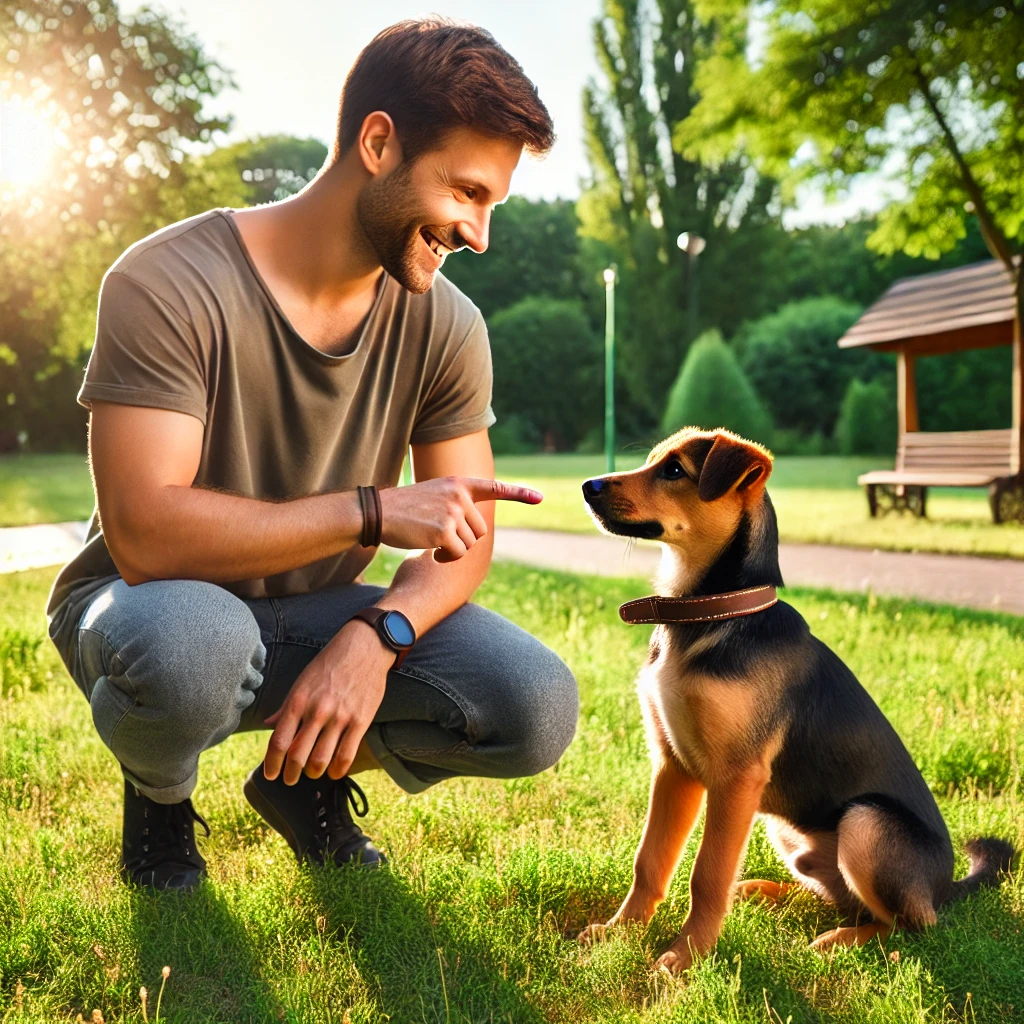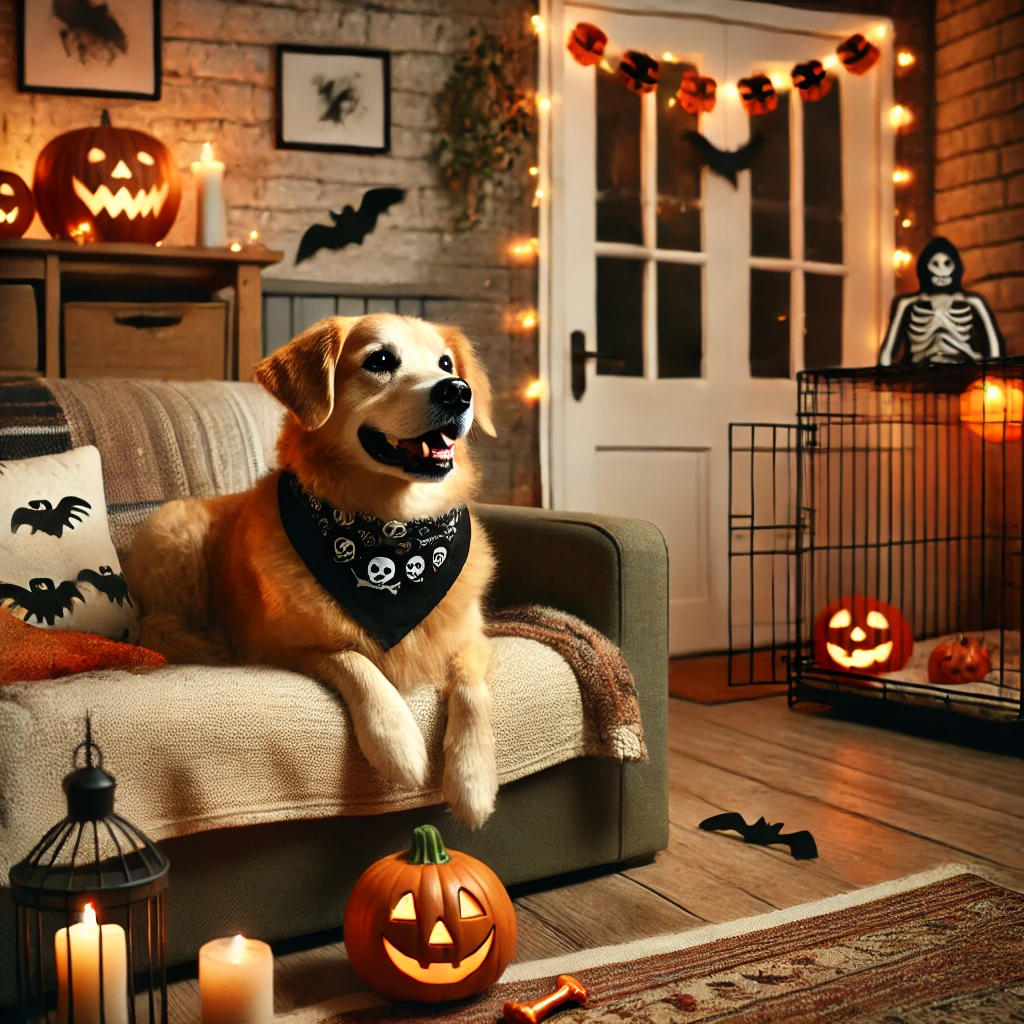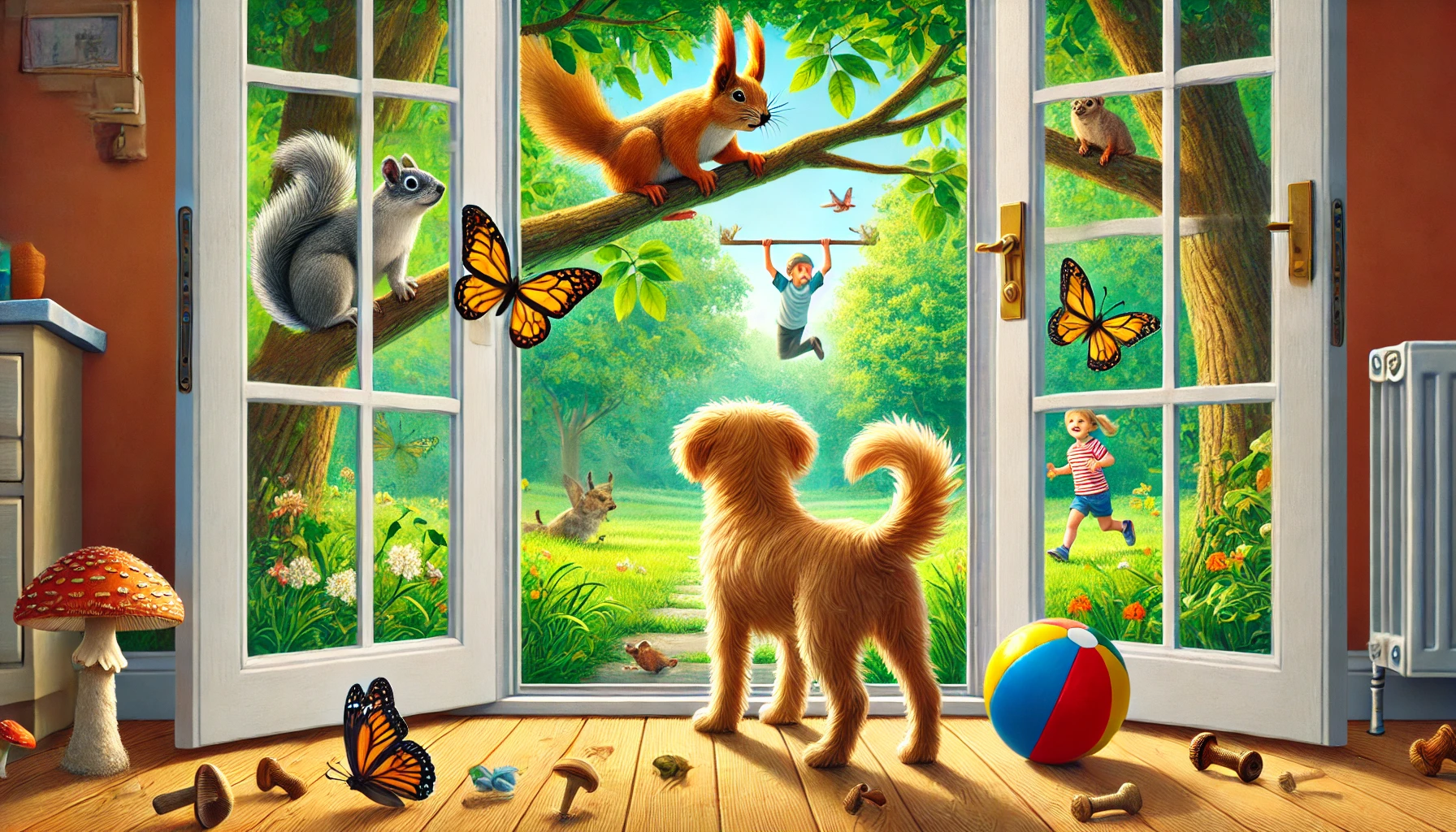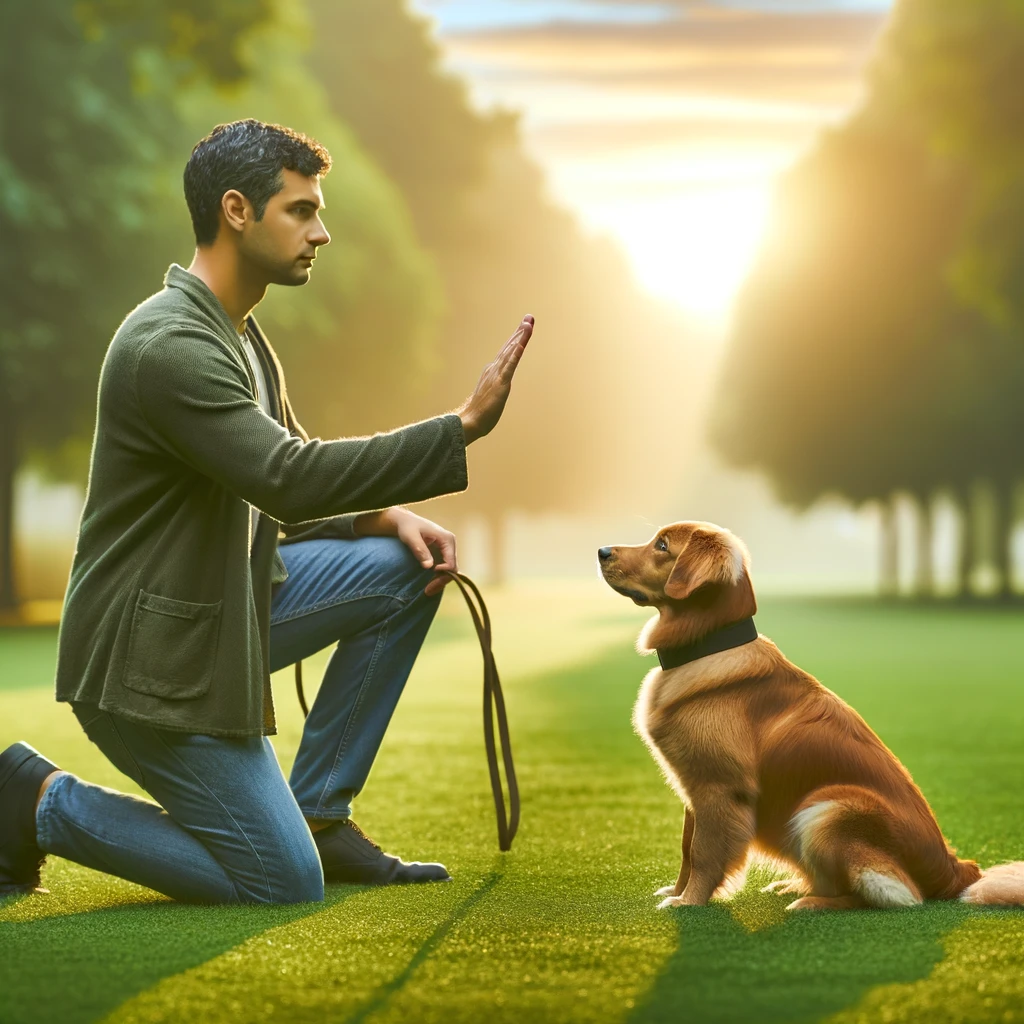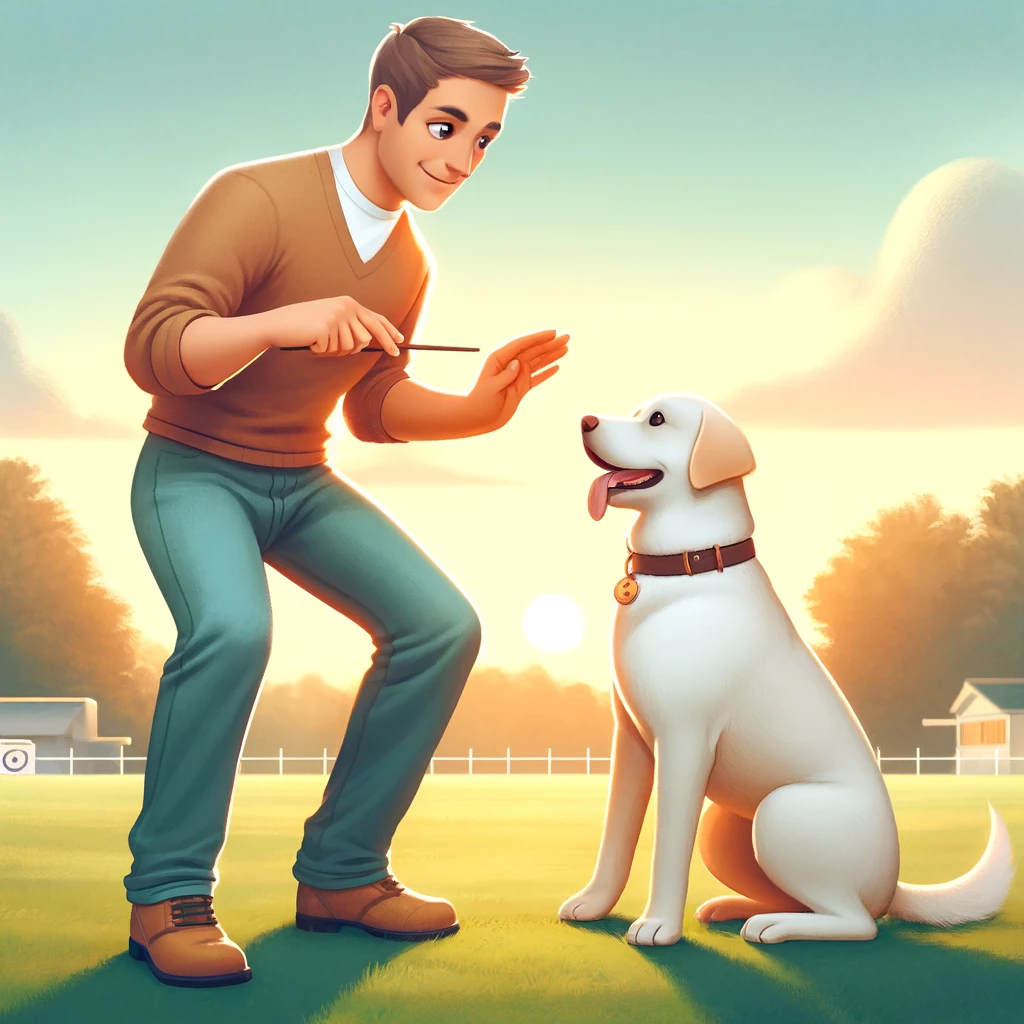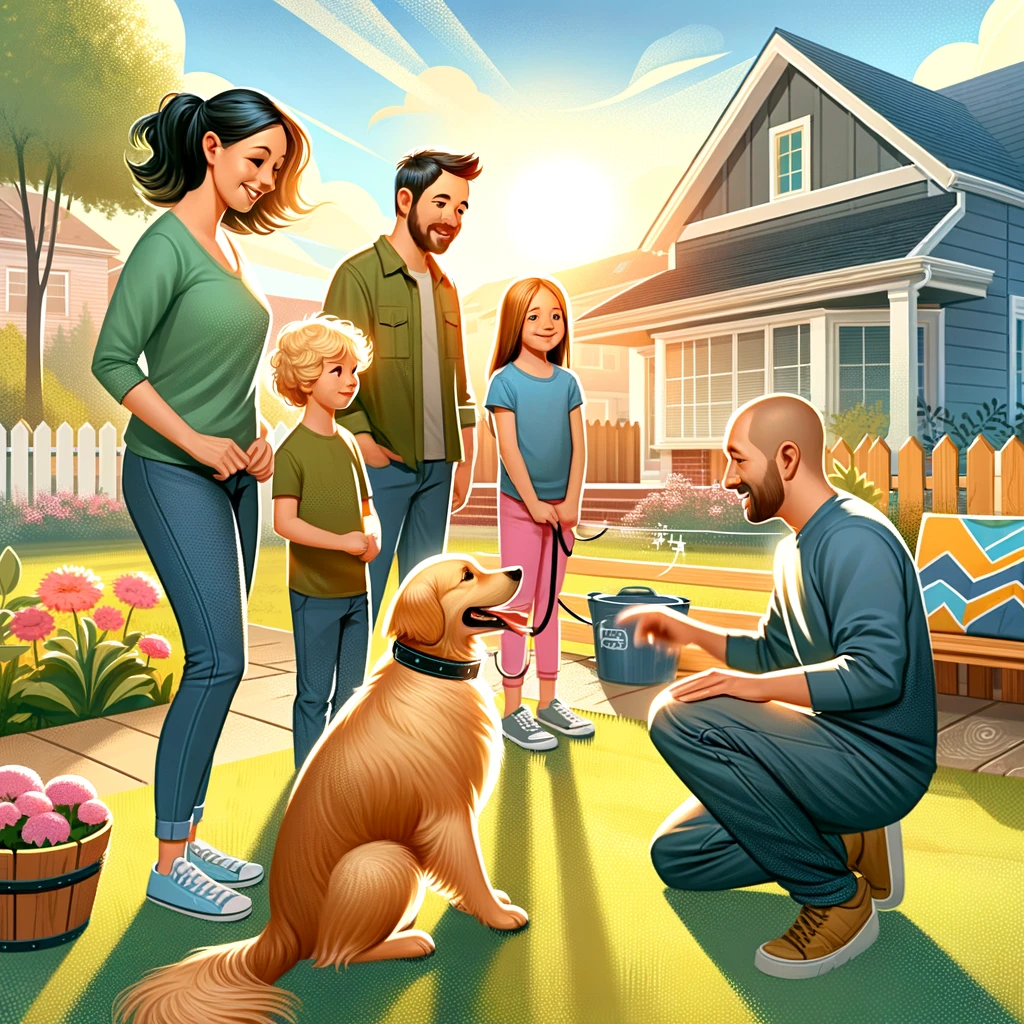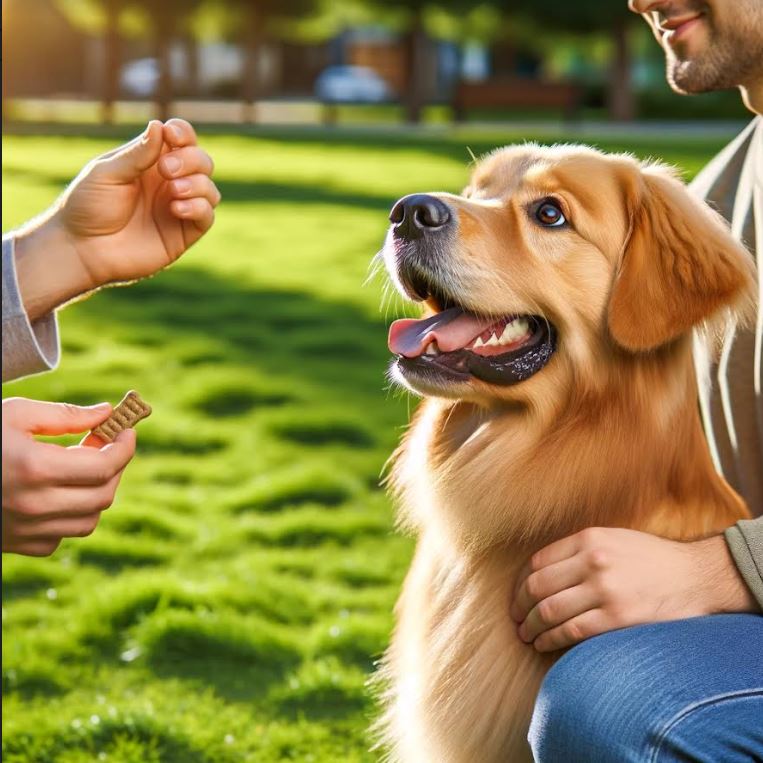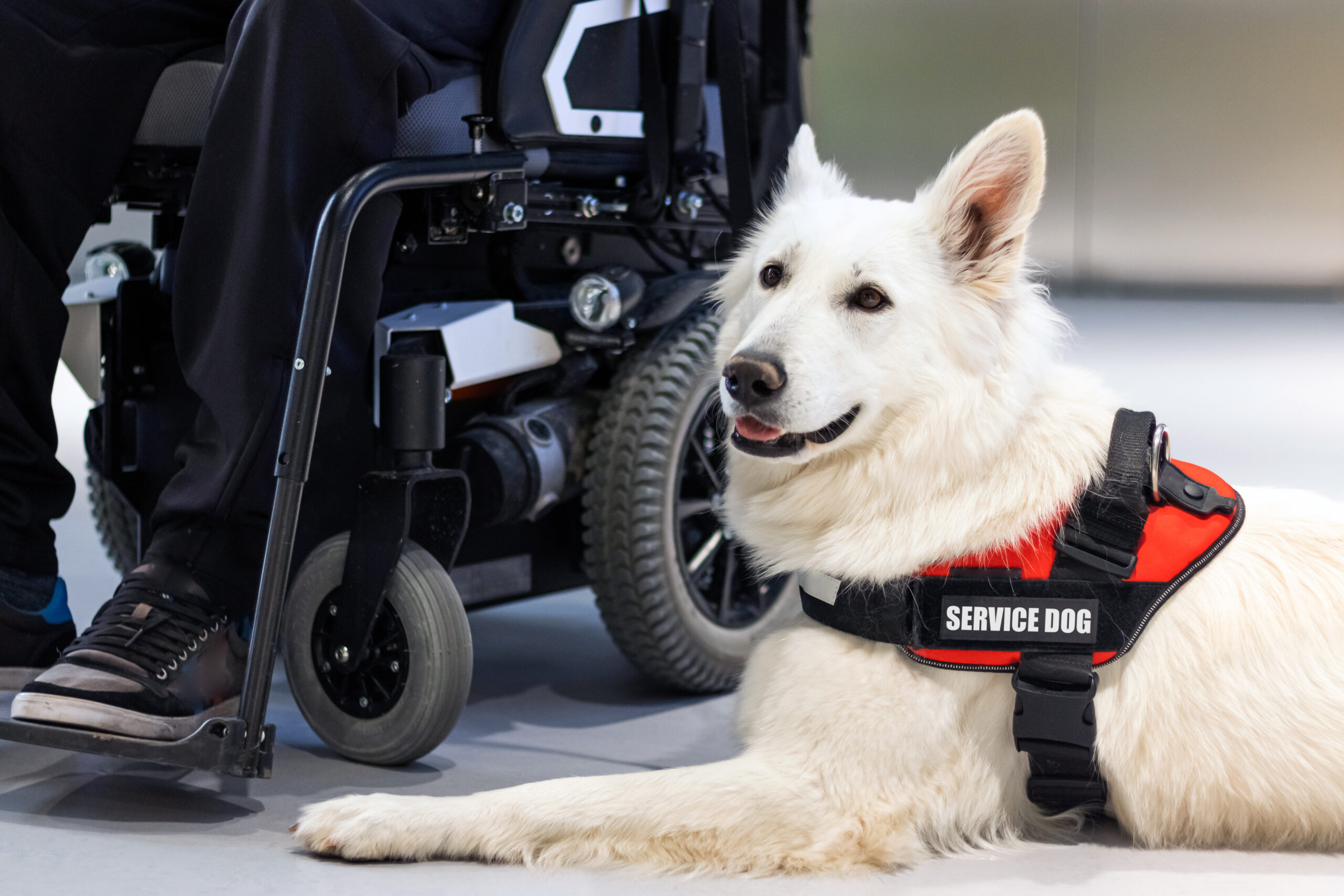Dog training isn’t just about teaching your dog to sit or stay. It’s about improving communication and building trust between you and your furry companion. Here’s why investing in professional training can make all the difference:
Continue readingHow to Keep Your Dog Safe and Calm During Halloween: A Dog Trainer’s Guide
Halloween should be a fun and safe time for everyone in the family, including your dog. By planning ahead and implementing the tips above, you can reduce stress and keep your dog safe and happy during the spooky season.
Continue readingKeeping Your Pets Safe: Tips to Prevent Door Dashing in Summer
Are you looking for an effective method to enhance your dog training regimen? Spatial pressure training might be the solution you need.
Continue readingSpatial Pressure in Dog Training
Are you looking for an effective method to enhance your dog training regimen? Spatial pressure training might be the solution you need.
Continue readingThe Essential Guide to Puppy Socialization: Tips and Techniques
This guide offers comprehensive insights into effective puppy socialization strategies, ensuring your furry friend grows into a confident, well-adjusted adult dog.
Continue readingMastering Communication: Effective Strategies for Training Deaf Dogs
At My Dog Listens LLC, we understand the unique challenges of working with deaf dogs and are proud to share our expertise.
Continue readingUnleashing Potential: Premier Dog Training in Northern VA With My Dog Listens LLC
At My Dog Listens LLC, we understand that every dog is unique, and our balanced approach to dog training caters to the diverse needs of our furry friends and their families.
Continue readingDebunking Dog Training Myths – Insights from My Dog Listens LLC
Discover what really works in dog training.
Say goodbye to outdated myths!
Are you tired of sifting through endless dog training advice, unsure what to believe? It’s time to separate fact from fiction with our special feature: Dog Training Myths Debunked!
Treats vs. Training: Striking the Right Balance in Dog Obedience – Insights from My Dog Listens LLC
Treat-based training is rooted in the concept of positive reinforcement. The principle is simple: reward desired behavior to encourage its repetition. This method leverages a dog’s natural inclination towards food, making it a powerful training tool. However, like any tool, misuse can lead to unintended consequences.
Continue readingWhat’s the Difference Between Service Dogs and Emotional Support Dogs
Emotional Support Dogs and Service Dogs offer important support for people with disorders and disabilities, helping them to get through some of life’s challenges.
Continue reading

